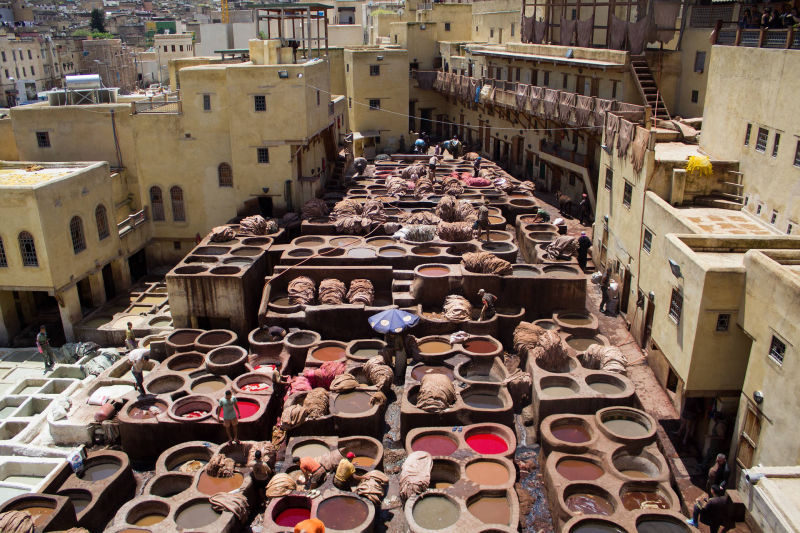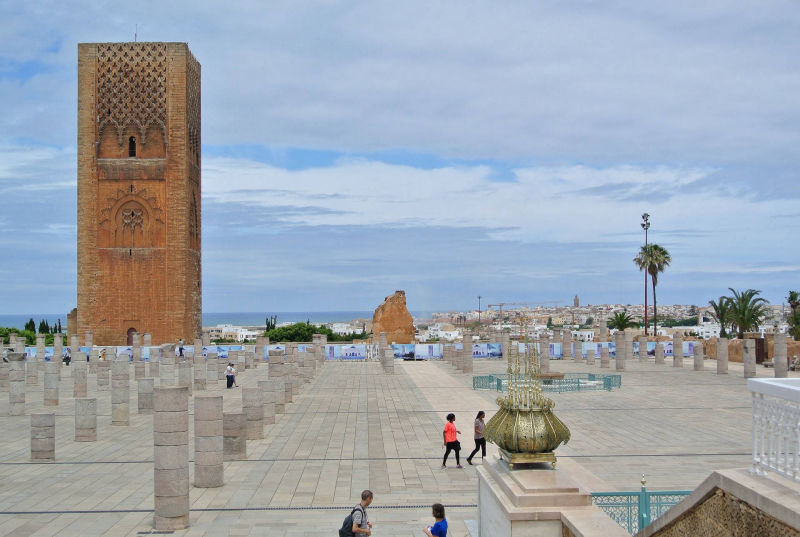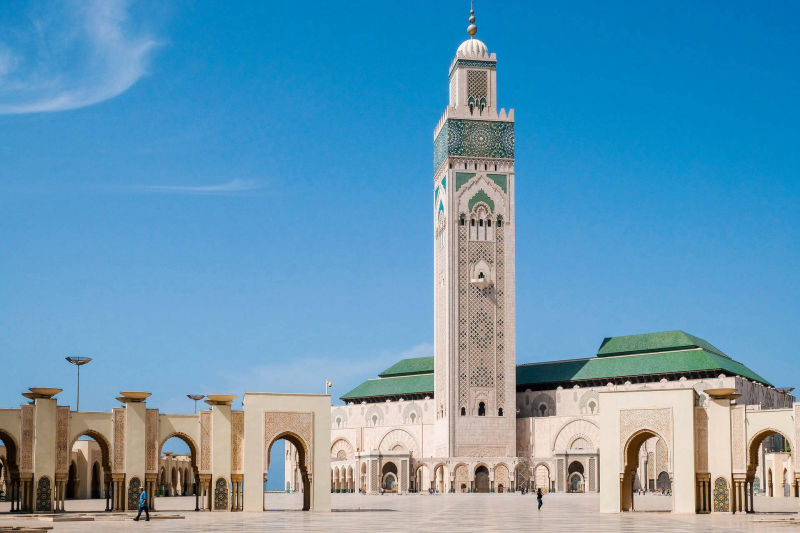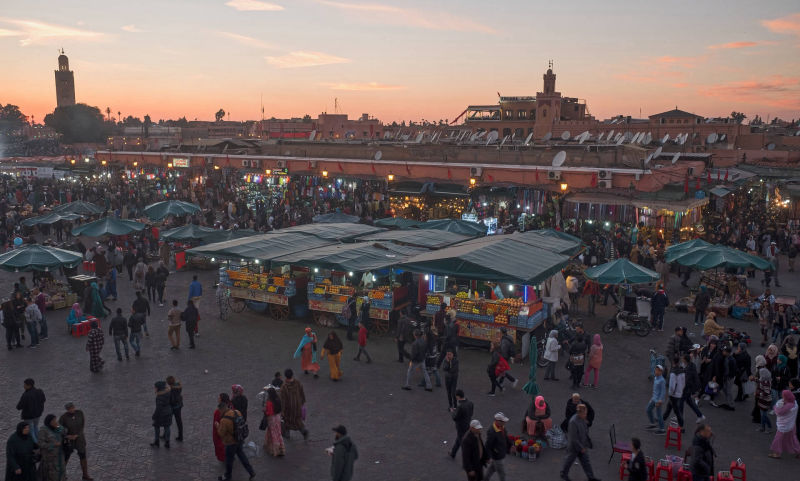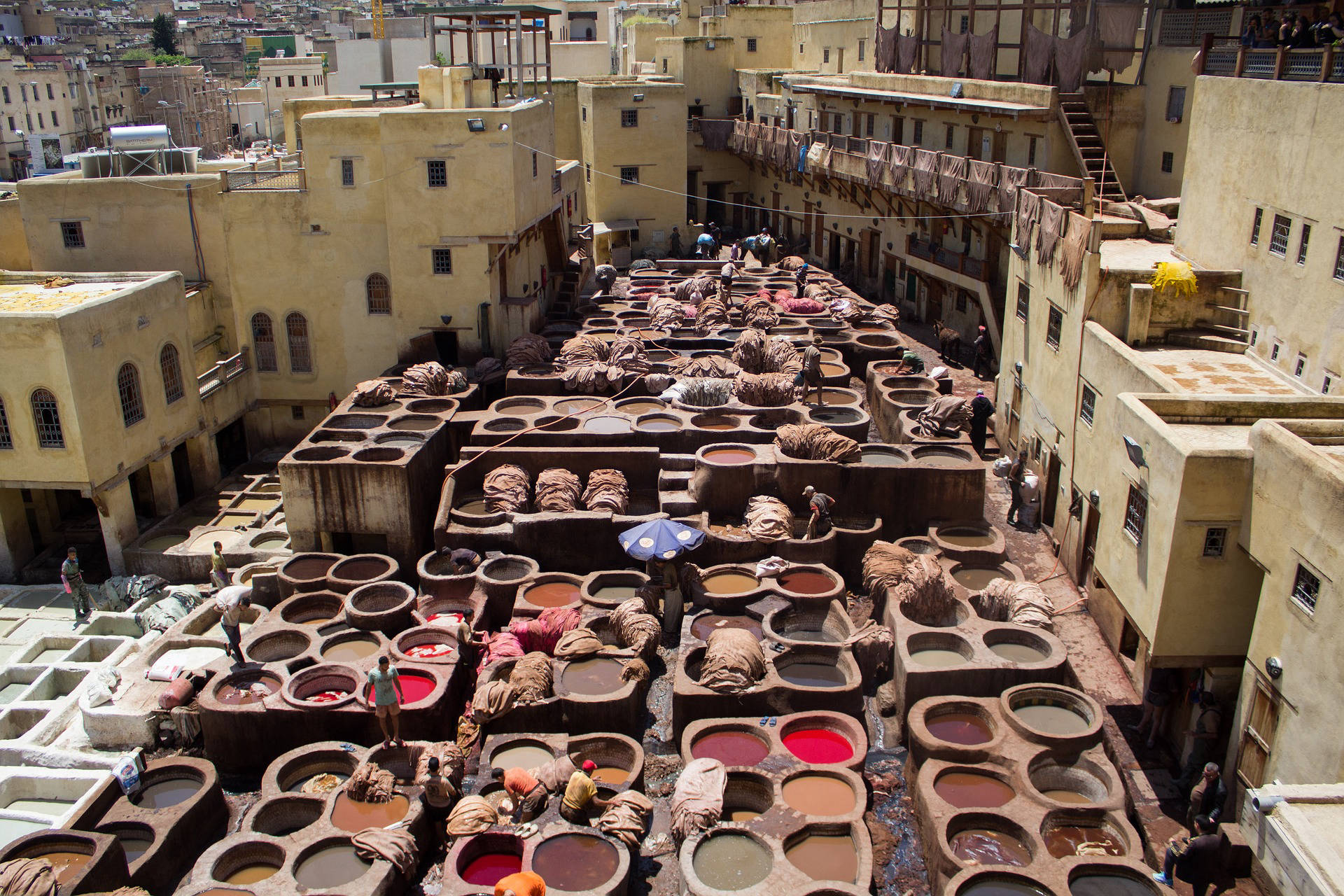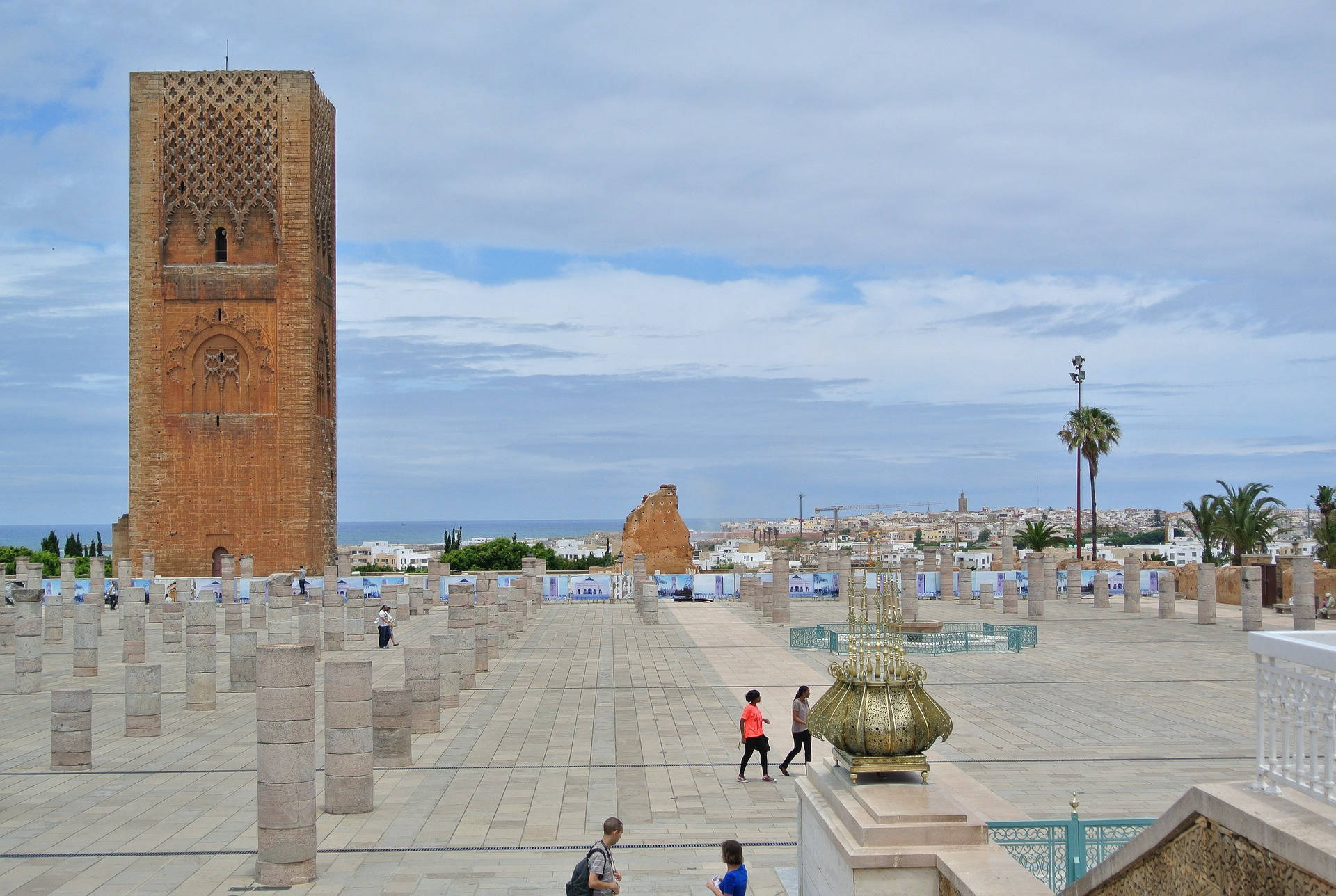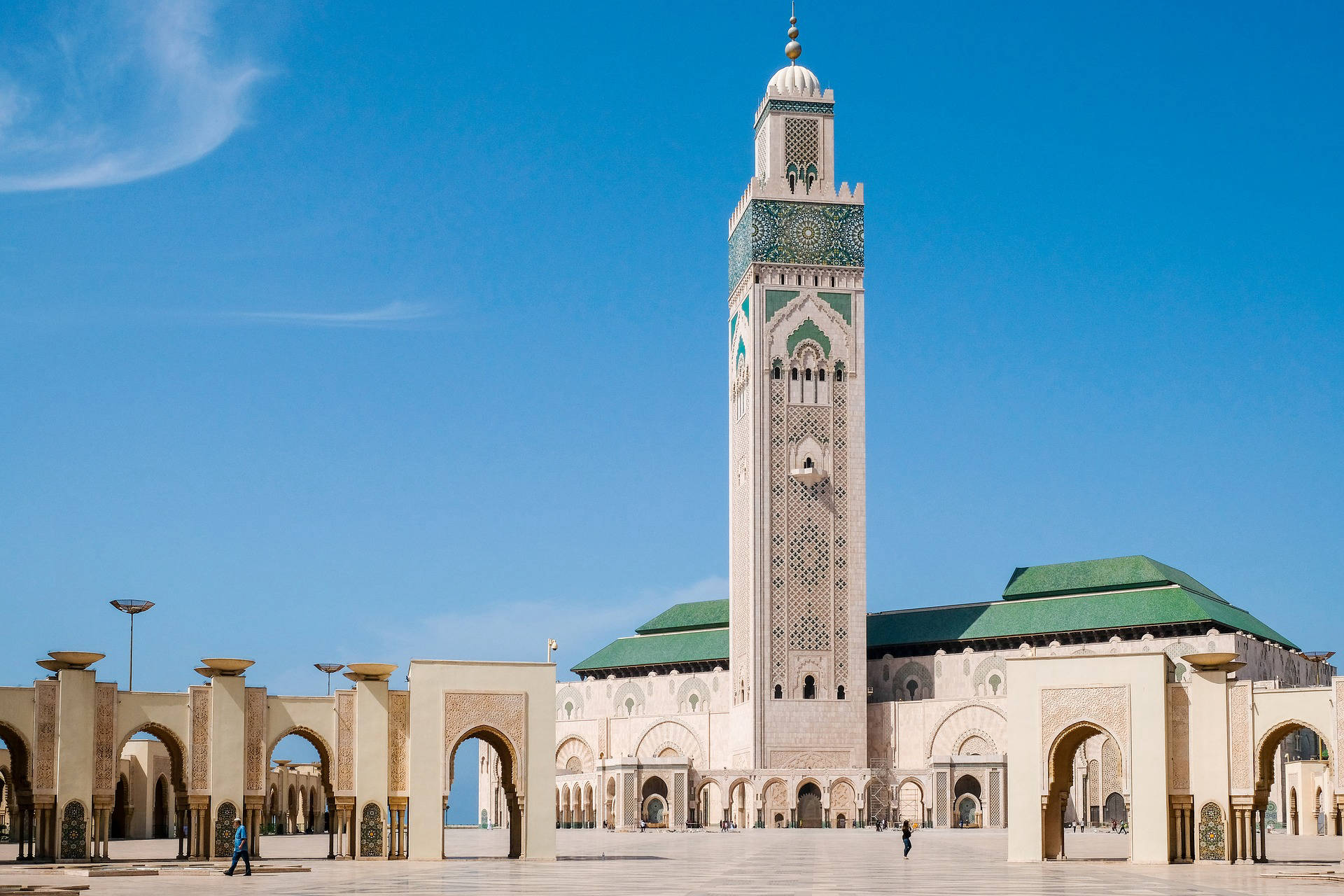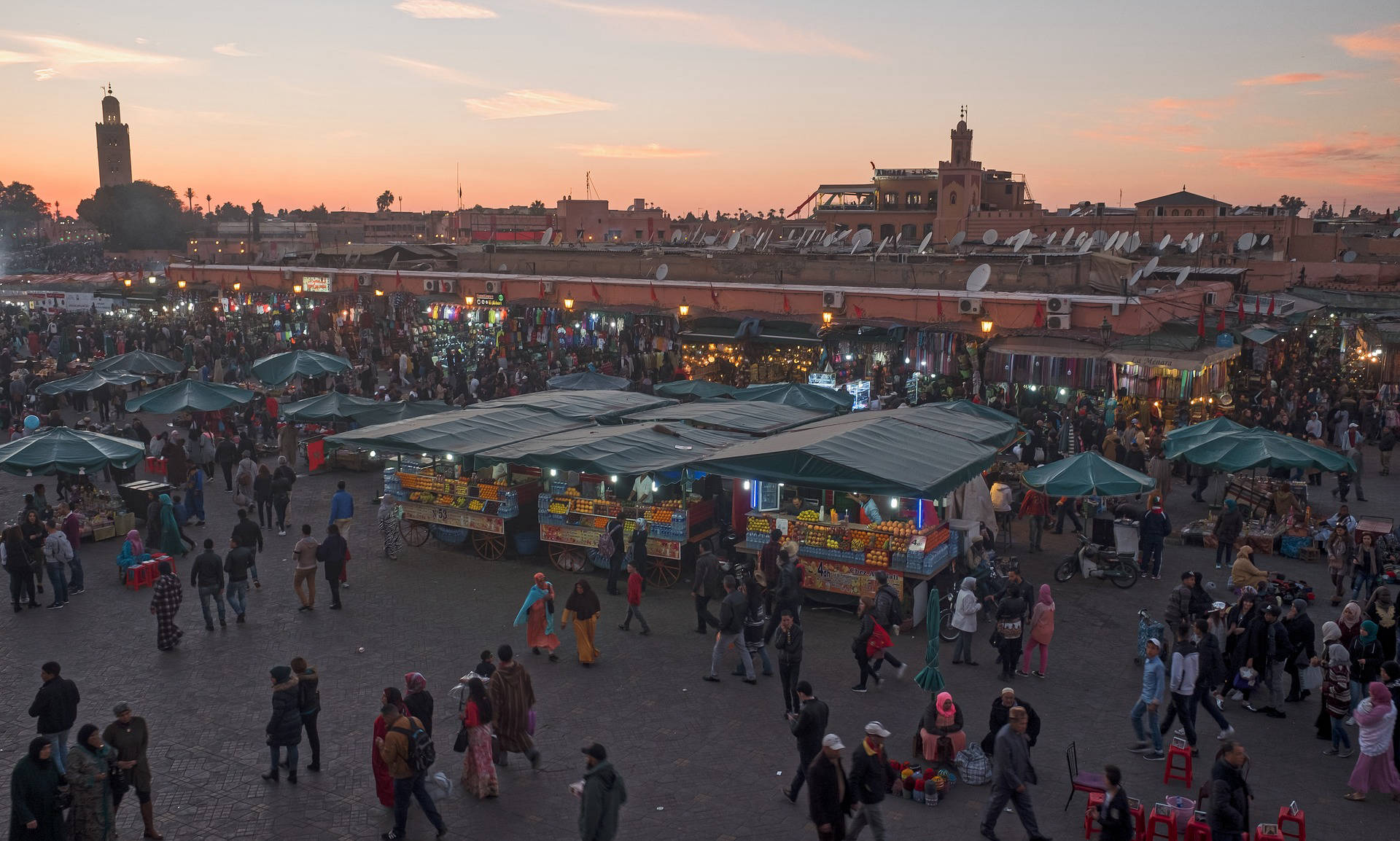Rise early, have breakfast and begin your tour of Marrakech.
Your introduction to Marrakech will begin in the Medina, the old quarter of Marrakech. From here we will explore this historically charming area by foot. In Djemma el Fna, you will visit the famous 12th century Koutouba Mosque and its influential minaret.
Enjoy a three- course lunch consisting of fresh salad, tajine and fruit at one of Marrakech’s most delectable restaurants. After lunch we will head north of the Mellah to visit the 19th century Bahia palace, originally built for Si Moussa, a former slave who became King Moulay Hassan’s chamberlain. The palace holds a courtyard and riads decorated with beautiful carved stucco and Arabic architecture.
Next we will visit the contemporary Moroccan Art Museum or Tiskiwin, a private museum dedicated to popular arts & crafts, styled as a beautiful Spanish-Moroccan house, next door to Dar Si Said palace, a smaller version of the Bahia.
Now onward to the new city, we will navigate our way to French, Gueliz and head to the Majorelle Gardens, a magical and lush small garden estate designed by Jacque Majorelle and maintained by Yves Saint Laurent. The Majorelle Garden is filled with colorful walkways, ponds, cactus and plants as well as a beautiful shop with hand-made goods. On our return to your hotel, we will pass by the La Mammounia Hotel Garden (where Alfred Hitchcock wrote the famous film The Birds).
For dinner, dine in the Djemma el Fna, a UNESCO recognized site. Afterwards, stroll Djemma’s labyrinth like streets and enjoy squares where snake charmers fiddle flirtatiously with their cobras, fire swallowers eat fire, storytellers entertain big crowds, fortune tellers mesmerize tourists with stories and the rhythms of African and Arabic sounds hypnotize the crowds.
Return to your hotel to rest and prepare for next day’s journey to Casablanca.

